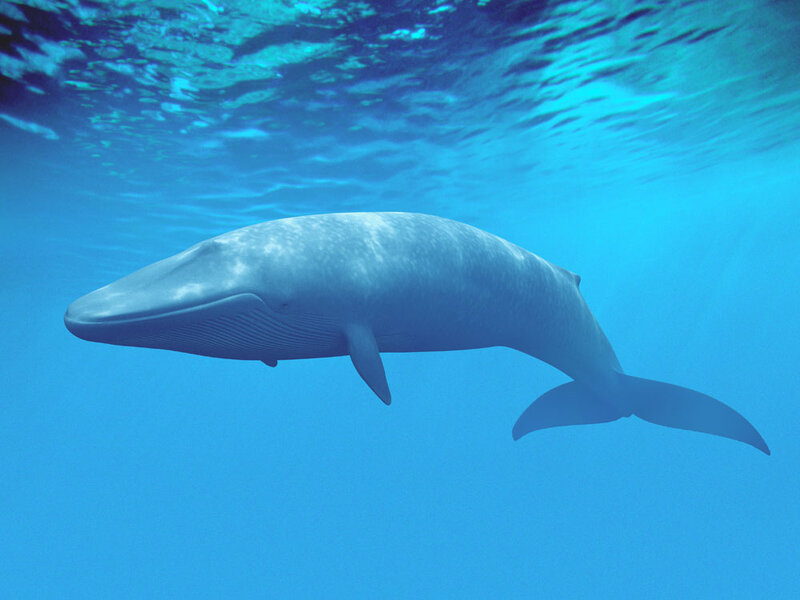Blue Whale Classification and Evolution
The Blue Whale is an enormous species of whale that is found in subtropical and polar waters worldwide. With some individuals growing to more than 100ft long, the Blue Whale is not only the largest animal species in the world but it is also thought that it could be the biggest creature that has ever existed. There are three recognised sub-species of the Blue Whale which are the Northern Blue Whale, the Southern Blue Whale and the Pygmy Blue Whale that despite its name, still reaches an average length of 24 meters. Although their enormous size and slow-maturing nature has meant that the world's Blue Whale population has never been greatly numerous, they have drastically declined in numbers due to having been hunted by Humans particularly over the past 100 years. Blue Whales are now legally protected and despite one not having been deliberately caught since the 1970s, their numbers are continuing to fall in much of their natural range.
